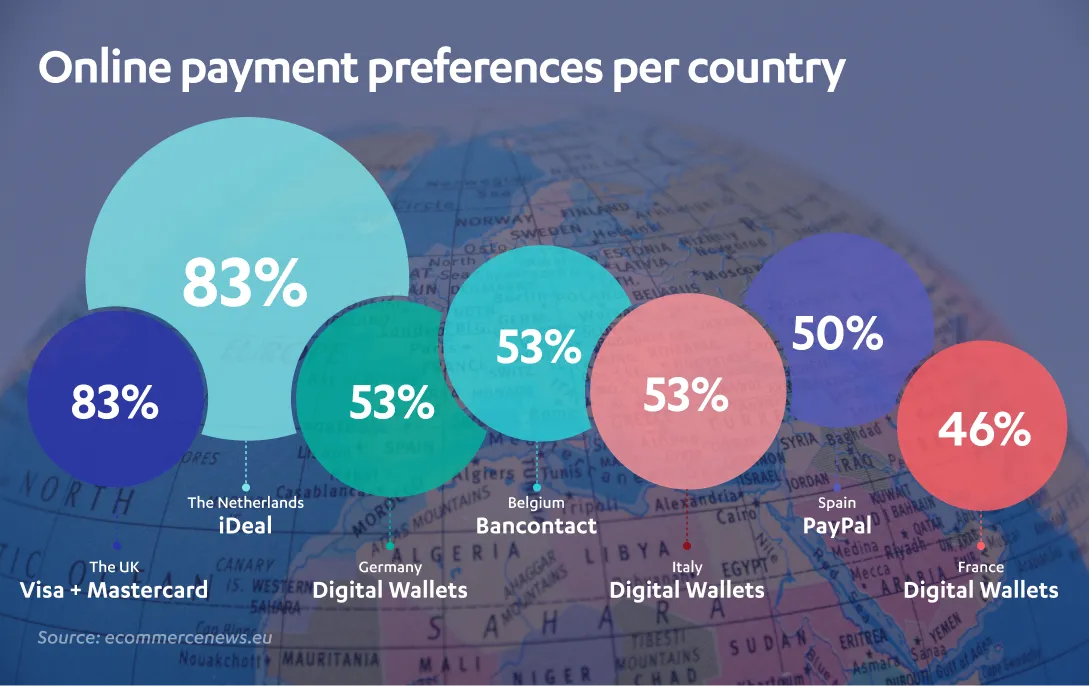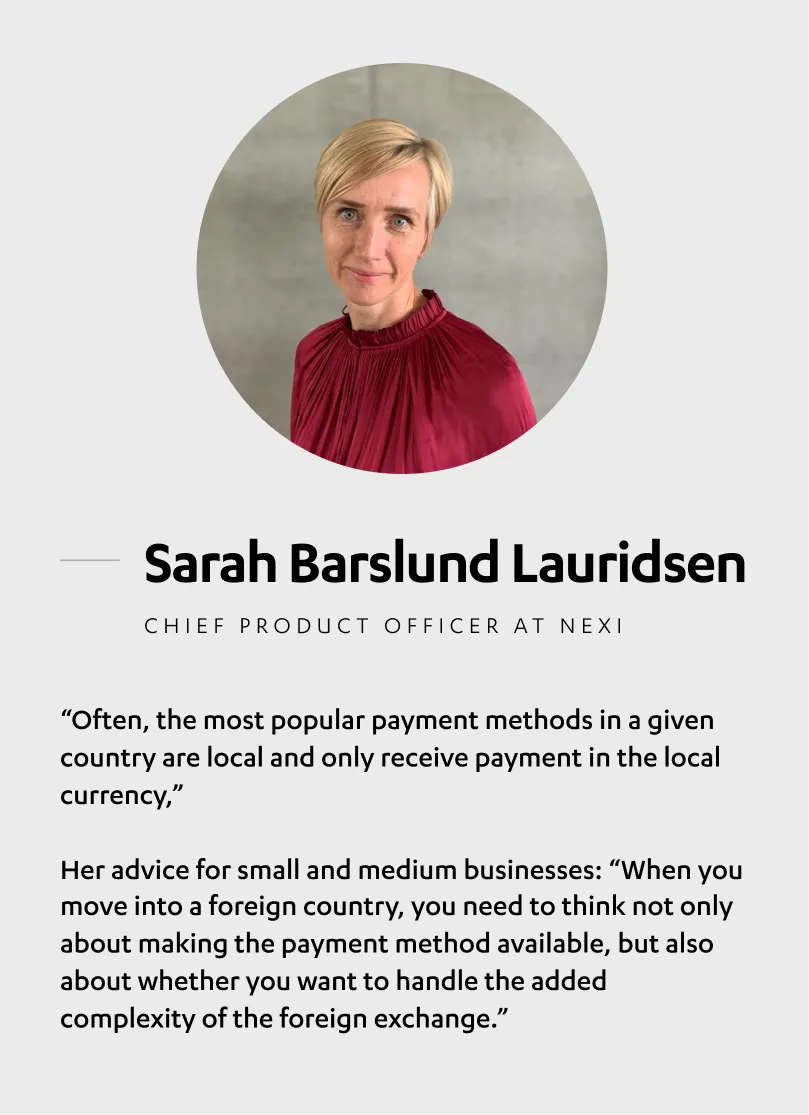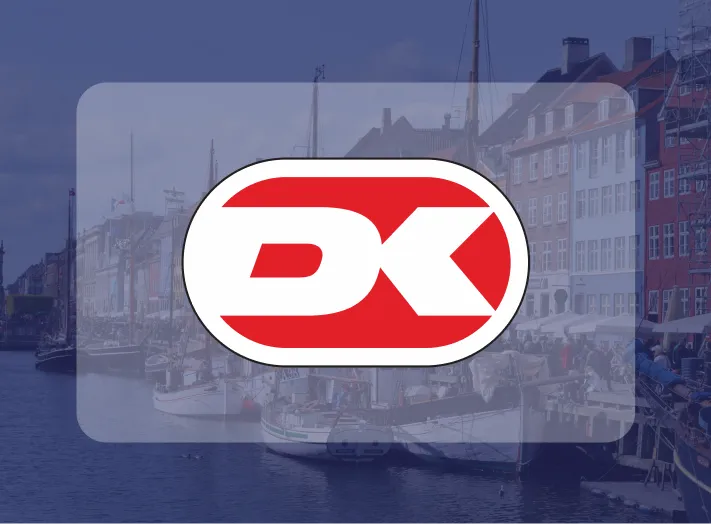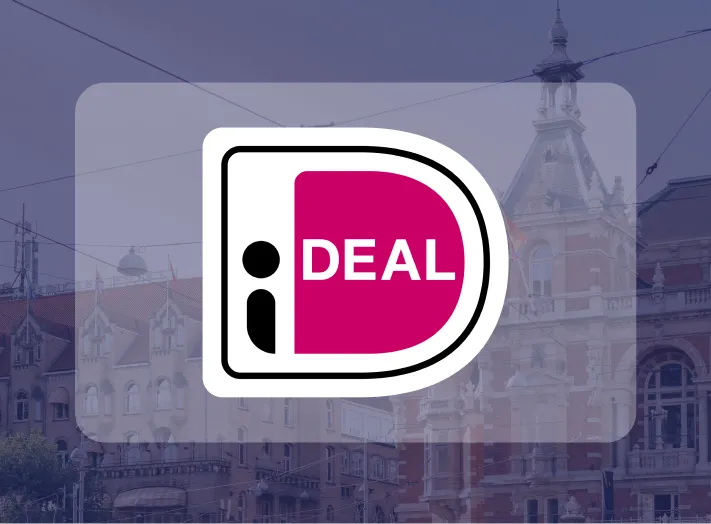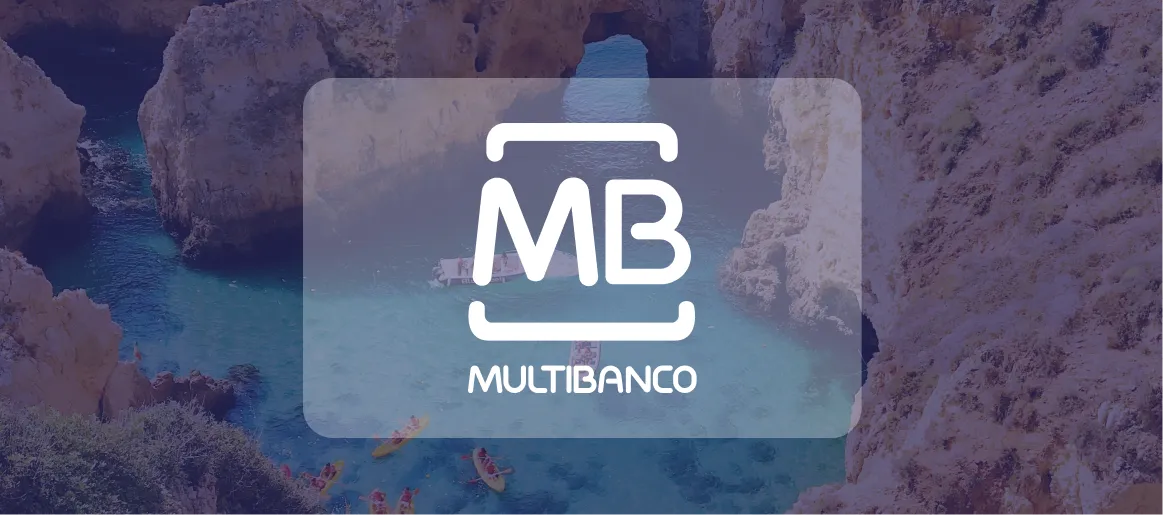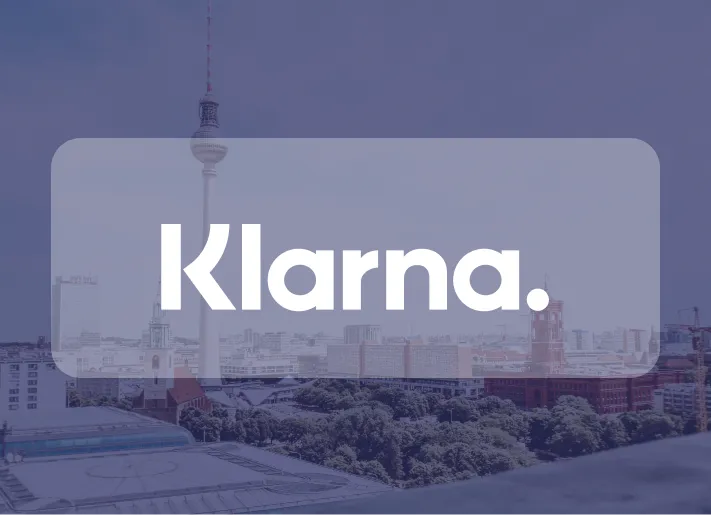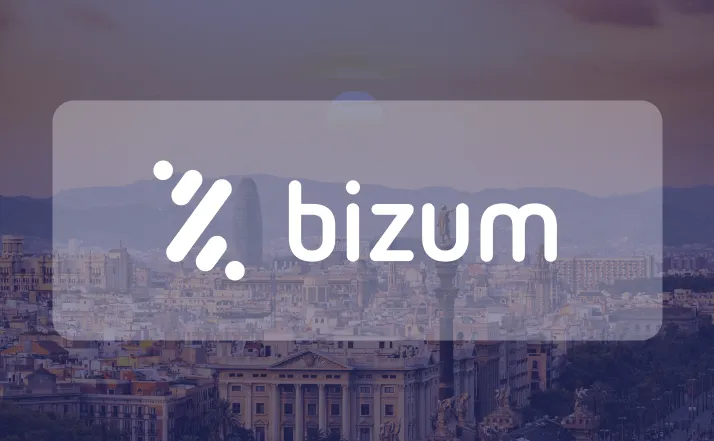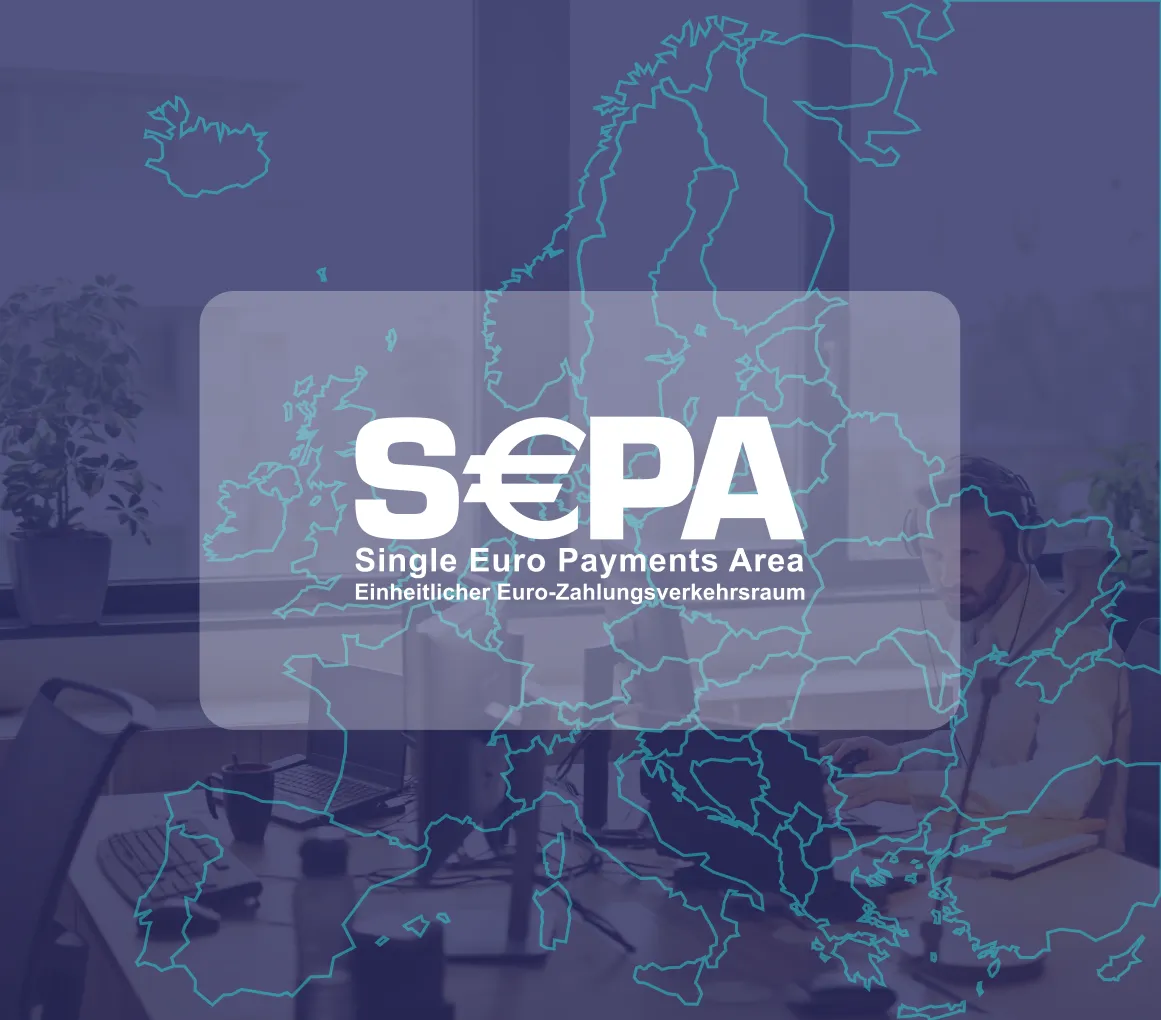Local payment methods are an important component in nurturing familiarity, convenience, and trust with customers. Here, we take a closer look at the different types of payment methods by regional preference and how these options affect consumer behaviour.
July 2024
Why Partnerships Matter
Partnerships play a pivotal role in the success and growth of ecommerce gateways and payments companies. In the fast-paced digital landscape of online commerce, forging strategic alliances can provide a multitude of benefits that extend beyond what a company can achieve on its own.





